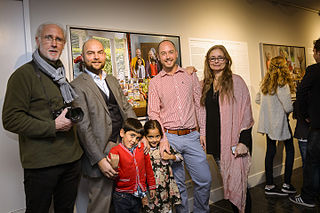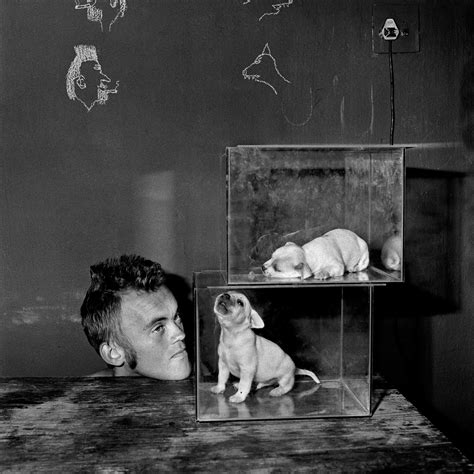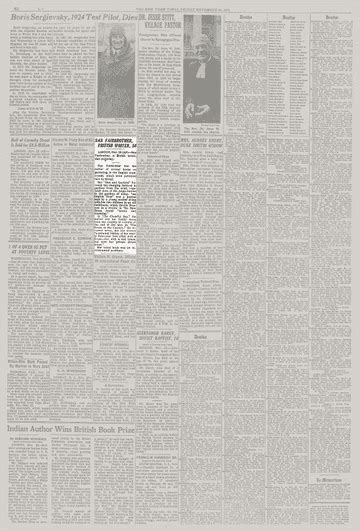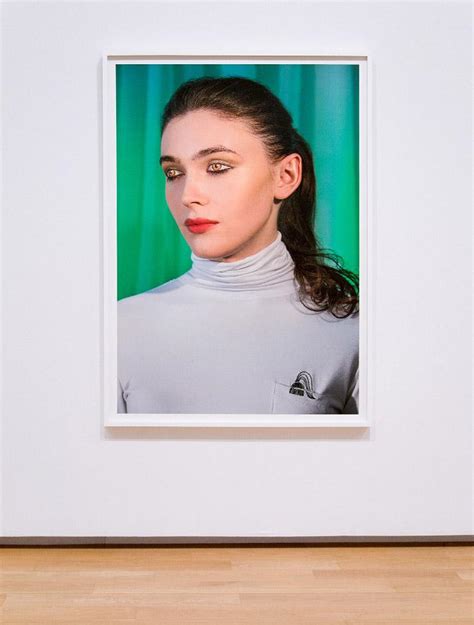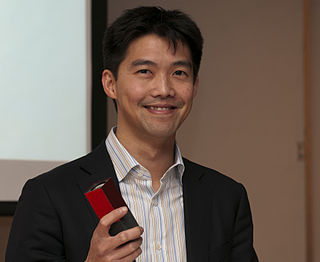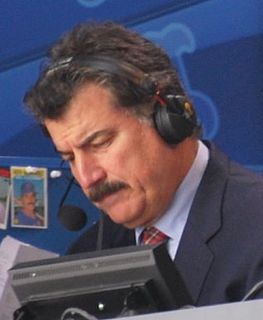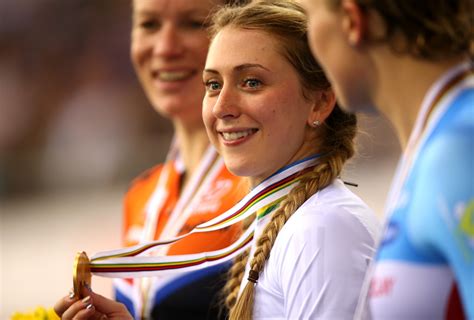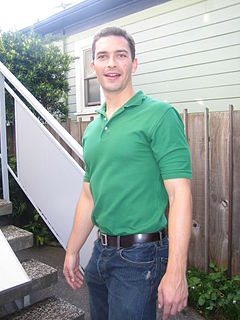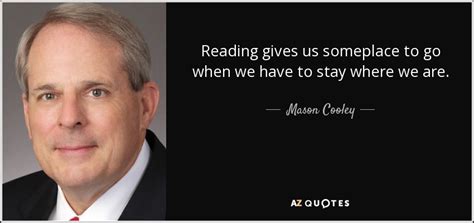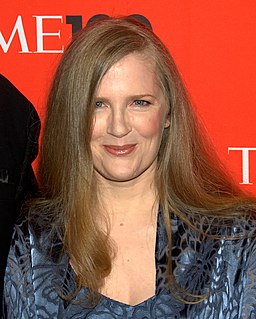A Quote by Peter Menzel
Think about the photo you want to make beforehand. Then do it, but also don't be blind to better options that present themselves at the location. Be flexible, and be patient. Leave ego at home. Get the photo before you yell at the asshole, not after.
Related Quotes
when people go away, or when we leave the places we love, or something we treasure goes out of our life - I have always noticed that before it happens - this leaving, this parting - when we think about it beforehand we are overwhelmed with sadness at the loss to come. ... the most unbearable sense of loss, the worst homesickness of all, so I have found, is this loss and sickness we feel beforehand, before we ever leave home.
My style is in the 21st century. If you look at the process, it goes from photography through Photoshop, where certain features are heightened, elements of the photo are diminished. There is no sense of truth when you're looking at the painting or the photo or that moment when the photo was first taken.
For 10 days after the Olympics, I couldn't go back to my house because people were sitting outside waiting to take my photo. That was a bit rubbish. At first I was open: 'Yeah, of course you can take a photo...' but after a while, it got to the point where I thought, 'Whoa, I don't like this attention anymore.'
